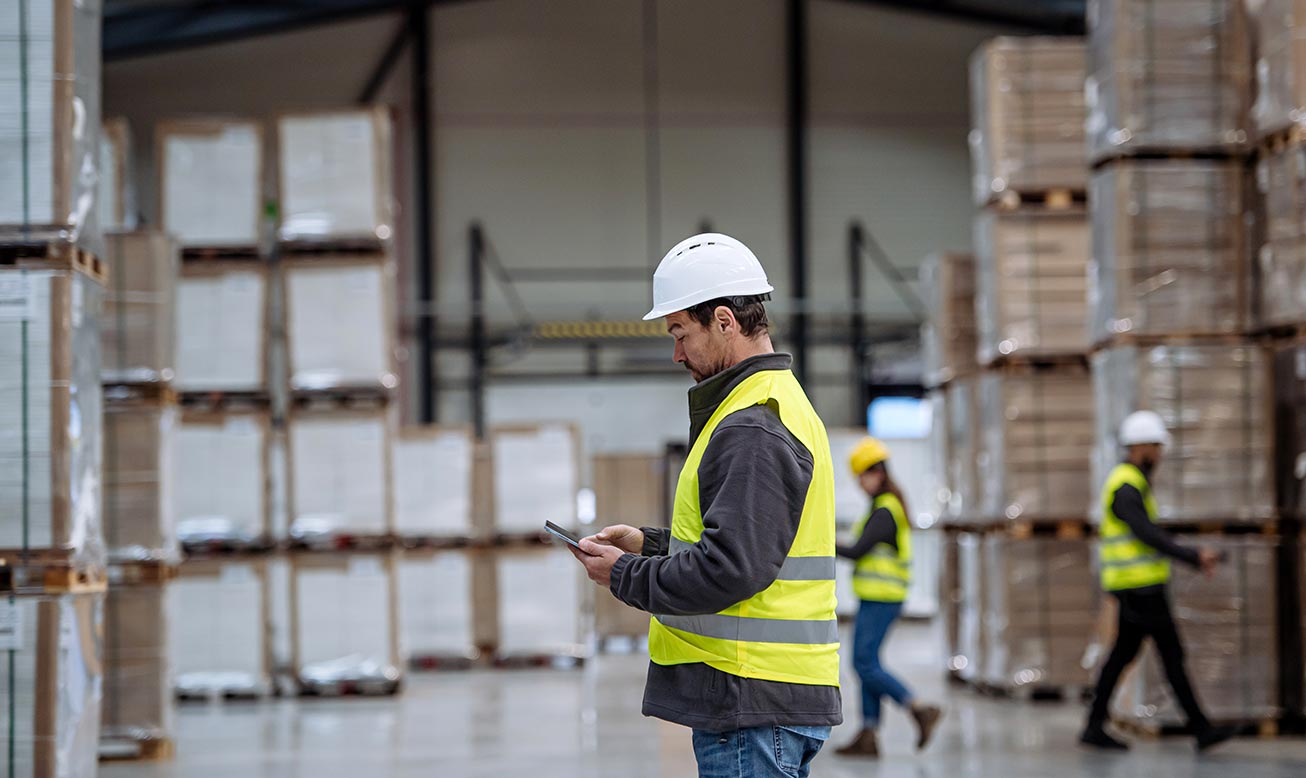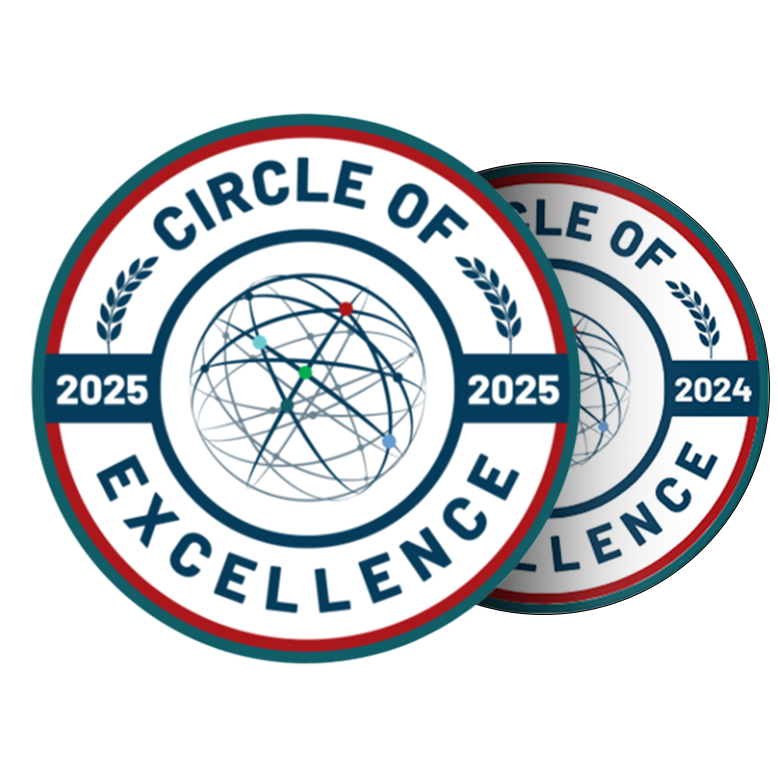May 26, 2025
Vendor Collaboration: The Secret Sauce for a Resilient Supply Chain
When the unexpected hits your logistics network: a sudden port closure, material shortage, or even just a late delivery from a well-known supplier, it is your vendor relationships that will either save the day or make it worse. Today, vendor collaboration is not just a “nice-to-have” but a mission-critical.
At Last Mile Logistics, as a non-asset-based 3PL with over 130 years of combined experience helping B2B clients optimize their operations, we have seen firsthand how strong supply chain collaboration can turn disruptions into opportunities. Trust us; the businesses that survive the storms are not the ones with the biggest warehouses or fleets; they are the ones who know how to work closely with their vendors.
Let’s break down exactly why collaborative supply chains are essential for resilience and what you can do to improve yours.
1. Enhanced Visibility – See What’s Coming Before It Hits
One of the better advantages of true vendor collaboration is real-time data sharing. When suppliers give you insight into their inventory levels, production schedules, and capacity constraints, you no longer operate in the dark. This visibility allows you to:
- Forecast more accurately
- Manage stock more efficiently
- Respond quickly to sudden demand spikes or shortages
A good supplier collaboration solution can help make this possible. With the right tech in place, both sides can access shared dashboards, track performance metrics, and avoid misunderstandings.
Arnie’s pro tip: Look into supplier collaboration tools that integrate with your existing systems. These tools can help you sync supply and demand like clockwork.
2. Risk Mitigation – Don’t Get Caught Off Guard
Every supply chain faces risks, from natural disasters, political upheavals, and supplier insolvency. However, the businesses that weather the storm best are those that identify risks in advance and plan together with their vendors.
By working closely with your suppliers to conduct joint risk assessments, you can:
- Pinpoint weak links in your sourcing strategy
- Create backup sourcing options
- Develop detailed contingency plans
This is where a strong supplier strategy comes into play. Diversifying your vendor base and having transparent communication make it much easier to pivot when problems arise.
3. Improved Responsiveness – Be Ready to Pivot—Fast
If your suppliers are in the loop and understand your business priorities, they will be better positioned to respond quickly when things go sideways. Whether that means ramping production, shifting transportation modes, or sourcing from an alternate location, you need partners who can move fast.
And this kind of agility only comes from relationships built on trust, accountability, and regular communication. That’s why companies with strong 3PL vendor management systems in place are often better at adapting to change.
4. Innovation and Problem Solving – Two (or More) Heads Are Better Than One
Collaboration can help you react to problems and even prevent them entirely. When you build long-term, strategic partnerships with suppliers, you can work together on the following:
- Product improvements
- Operational efficiencies
- Sustainable practices that benefit everyone
We have seen clients and their vendors develop new packaging solutions that reduce costs and carbon footprint. That kind of win-win is only possible when both parties are open to strategic supplier development and ongoing dialogue.
5. Stronger Relationships – Build Loyalty and Performance
In the end, supply chain collaboration is about relationships. When vendors know you are in it for the long haul, not just to drive down costs, they are more likely to:
- 1Prioritize your orders
- 2Offer better service
- 3Share ideas and improvements
This is where vendor management best practices really shine. Regular check-ins, shared KPIs, and performance reviews can go a long way in building mutual trust. As your vendors grow stronger, so does your entire supply chain.

How Do You Put Vendor Collaboration into Practice?
Great question. Here are a few key strategies we recommend (and help our clients implement every day):
Develop Clear Communication Channels
Don’t wait until a crisis to start talking. Set up regular meetings, use collaborative platforms, and encourage honest, open dialogue. We often recommend using a supplier collaboration tool that both you and your vendors can access. This approach ensures everyone is on the same page and that key updates aren’t buried in someone’s inbox.
Align Goals and Objectives
Make sure every stakeholder understands what success looks like. Do you want faster delivery times? Higher fill rates? Lower emissions? Whatever your goals, please share them with your vendors and ask about theirs. Mutual understanding is the foundation for long-term collaboration.
Implement Joint Risk Management Plans
Sit down with your key suppliers and identify potential disruptions. Together, build a response plan. Whether it is alternate shipping lanes or dual sourcing, you will be much better prepared when the unexpected happens.
Create a Culture of Trust and Transparency
We can’t say this enough: trust is everything. Be open about your challenges and encourage your vendors to do the same. This reduces finger-pointing when problems arise and encourages solution-oriented thinking.
Invest in the Right Technology
Platforms for supplier collaboration, performance tracking, and digital communication, like SunConnect, make all of this easier. Choose tools that are user-friendly and integrate with your existing systems. And don’t forget to train your teams on how to use them effectively.
Partner with a Trustworthy 3PL
If this all sounds like a lot to manage, don’t worry; you are not alone. That’s why many businesses turn to experienced non-asset-based 3PLs like us. We act as a neutral partner focused on building bridges between you and your vendors.
With the right 3PL by your side, you can:
- Streamline 3PL vendor management
- Identify collaboration opportunities across your supplier network
- Implement best-in-class supplier strategy and tools
- Focus on your core business while we handle the logistics maze
Resilience Starts with Relationships
Right now, your ability to bounce back from disruption depends on more than just your internal team. It hinges on how well you collaborate with suppliers, share information, plan for risks, and respond to change.
By putting supplier collaboration at the center of your operations, you will boost your resilience and unlock new opportunities for sustainability, innovation, and growth.
At Last Mile Logistics, we are here to help, no matter if you are building a collaborative supply chain from the ground up or looking to fine-tune your current vendor management best practices. Let’s work together to make your supply chain not just stronger but smarter.
Need help to improve your supplier collaboration or look for a strategic 3PL partner? Reach out to Arnie today, and let’s talk about how let’s help your business thrive, no matter what disruptions come your way.


